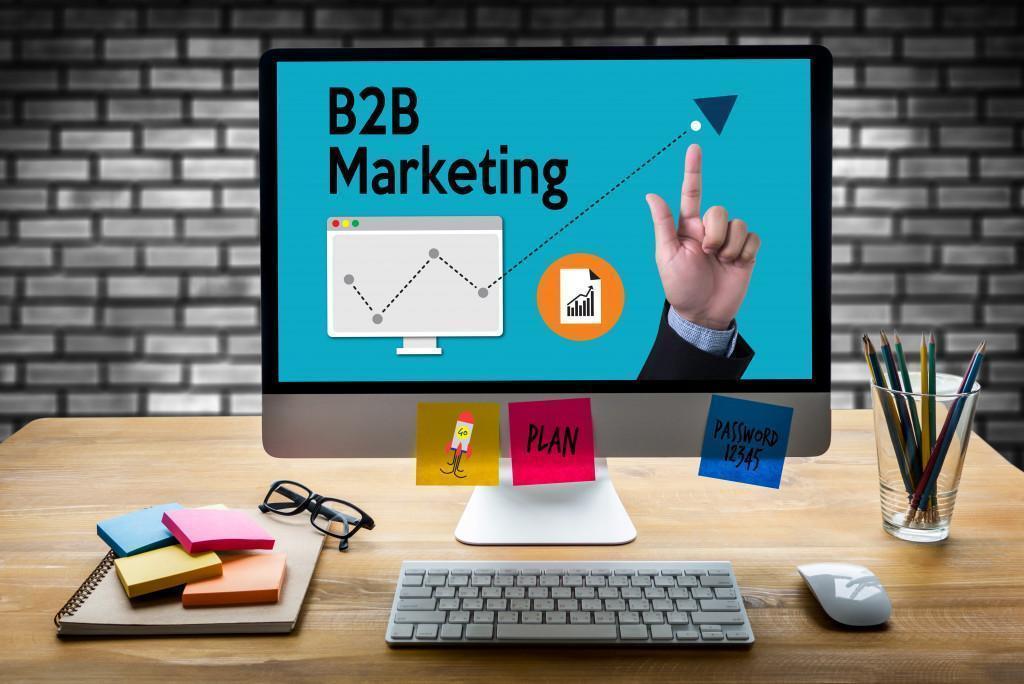While the pandemic disrupted nearly all aspects of human life, it also transformed how businesses transact with each other. It changed consumers’ purchasing behavior, resulting in an industry reliant on digital marketing.
However, online marketing doesn’t just work for consumers. They’re effective for targeting businesses, too.
When businesses cater to fellow businesses, they are referred to as business-to-business (B2B) companies. These companies can also leverage digital marketing to reach their business clients, which are categorized into four general types: business clients, government agencies, wholesalers or suppliers, and non-profit or for-profit institutions. For B2B marketers, this group is your main target audience.
Challenges of B2B Marketing
The digital business landscape is proving to be a profitable venue for B2B transactions. It enables businesses to reach a wider target market, without spending more. In fact, according to McKinsey and Company, businesses that adapt to new strategies and practices remain competitive in today’s market.
However, there are challenges to it.
B2B businesses struggle with bringing in new business, improving lead quality, generating more leads, and streamlining their order to cash processes. As a B2B marketer, you should know how to improve your marketing efforts and solve these problems.
With this in mind, you can overcome these challenges by customizing your marketing efforts that will cater to business clients. Here are the best practices to do this.
Exhibit Your Expertise Through Thought Leadership
Marketing strategies influence consumers and businesses differently. Individual customers are motivated by personal gain, entertainment, and emotions when deciding to purchase products or avail services. Business clients, on the other hand, prefer to be educated before making any decisions.
When deciding, businesses look for industry insights and strategic advice that will simplify their business processes and daily operations, and make them economical. Thought leadership is an effective strategy that will enable you to provide information to your clients. It is a method of expressing ideas that showcase one’s expertise in a particular field or topic.
Thought leadership adds credibility and authority to your content. This enables you to increase brand awareness and value to your products or services. As a result, clients trust you more, improving customer retention.
Partner with Complementing Brands
Partnering with complementing brands will allow both you and your partner to reach more audiences. You simply choose a like-minded brand and allow them to market their products in your digital space. They should, in turn, permit you to post your content or ads in their digital space. This is called cross-marketing or co-marketing.
Co-marketing will drive more sales, traffic, and leads for both of your brands.
Invest in Social Media Marketing
Social media remains one of the best venues for marketing products and services. It provides many social media platforms where you can market your products.
According to Hootsuite, however, you need to create a strategic plan to help your business reach
its short-term and long-term business goals. The social media marketing and management app suggests aligning your goals with your business objectives when creating a successful social media marketing plan.
Know Who Your Audience Is

In B2B marketing, your target audience is the key decision-makers in businesses and organizations. They may be small, but if you get their attention, you can get the entire company as your client. But, how can you get the attention of whole organizations? The key is to know key decision-makers.
Knowing who your audience is can help you create a strategic plan for your marketing. And it’s not just about producing the right content. You have to know and ultimately influence their goal, purchase intent, and purchase process.
When looking for products and services online, consumers are after discounts, deals, and what will be more of an exciting purchase. B2B customers, on the other hand, are looking for ROI (return on investment), efficiency, and expertise.
As for the intent to purchase factor, consumers buy what they currently need. B2B clients, however, think about long-term solutions. For example, to increase a facility’s safety plan, a B2B client would purchase several commercial-grade hollow metal doors. An individual consumer would simply purchase smoke alarms or detectors.
For the purchase process, B2B clients would rather deal with account managers and sales representatives who are trained at demonstrating and explaining elaborately the products and services they’re marketing and selling. Individual customers, however, typically make a direct purchase from an e-commerce store or website.
Digital Transformation and B2B Marketing
When McKinsey and Company stated that they strongly believe businesses should adopt new practices to remain competitive in the market, they meant one thing — transform digitally. Or at least for some, especially small businesses, adopt new technologies that will improve how they do business.
Perhaps you need to do this to leverage B2B marketing. After all, you can’t reach your audience digitally if you haven’t transformed yet. Once you do, make sure to apply the best practices above to enhance your B2B marketing efforts.

